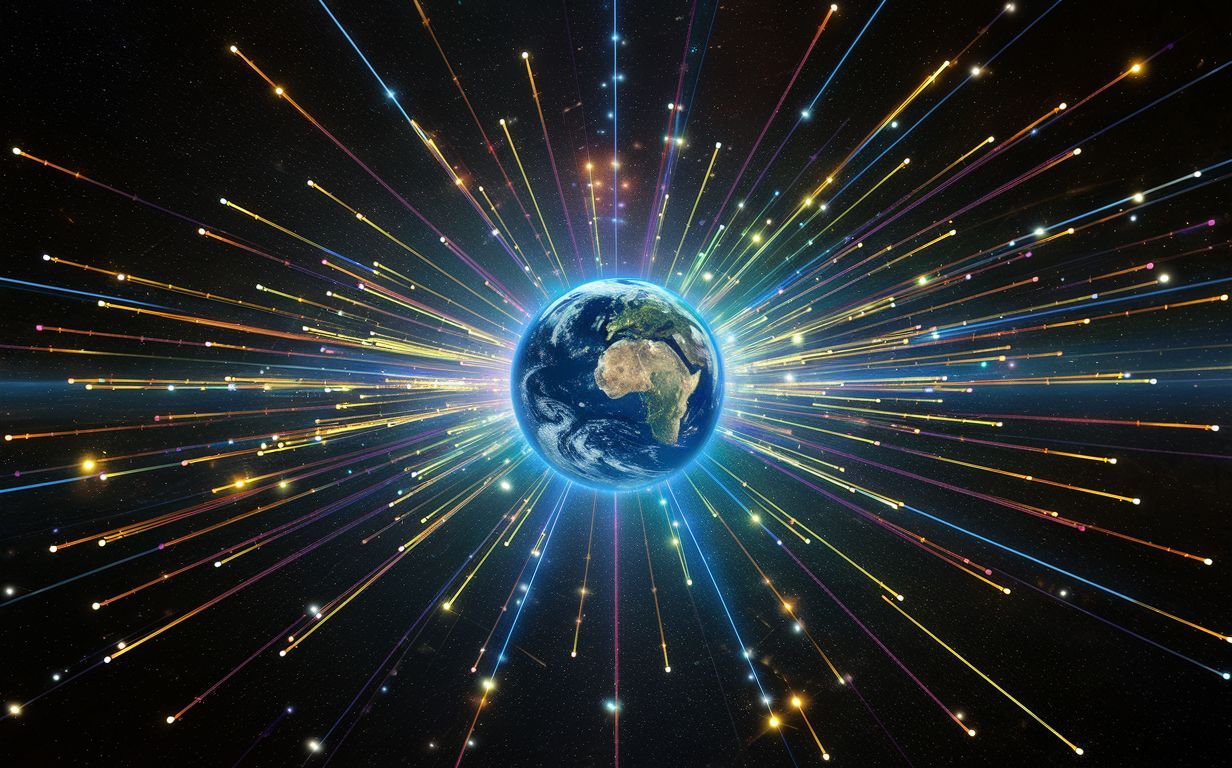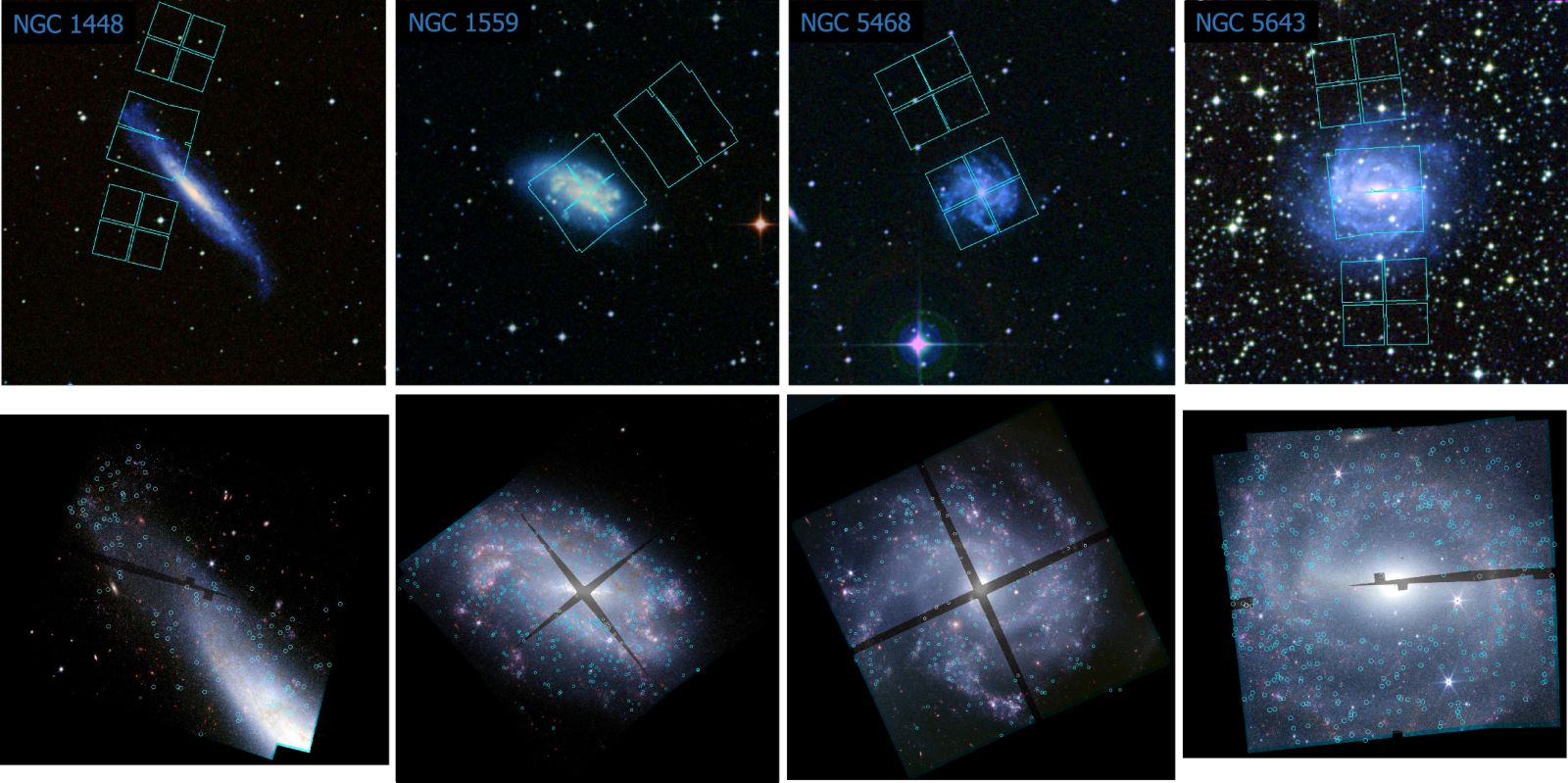Hubble tension: it's confirmed, the Universe is really not behaving as expected
Follow us on Google News (click on ☆)
The James Webb and Hubble Space Telescopes have joined forces to confirm one of physics' greatest mysteries: the expansion of the Universe occurs at varying speeds, depending on where one looks. This phenomenon, known as the Hubble Tension, challenges our understanding of the Universe and could transform cosmology.

In 2019, measurements taken by the Hubble Telescope revealed this enigma. More recently, in 2023, the James Webb Telescope provided even more precise measurements, ruling out the possibility of a measurement error. The publication of a study on February 6th in Astrophysical Journal Letters suggests that our understanding of the Universe could be mistaken.
Adam Riess, the 2011 Nobel Prize winner in physics, and his colleagues have used two main methods to measure the Hubble constant, which describes the rate of expansion of the Universe. The first method looks at tiny fluctuations in the cosmic microwave background, while the second uses Cepheid variable stars to create a "cosmic distance ladder".
However, these two methods yield different values for the Hubble constant, plunging cosmology into uncharted territory. The Cepheids indicate an expansion rate of about 46 miles/s/Mpc (approximately 74 km/s/Mpc), significantly higher than that inferred from the cosmic microwave background by the European Space Agency's Planck satellite, estimated at about 42 miles/s/Mpc (approximately 67 km/s/Mpc).

NIRCam fields superimposed on color images of the Digitized Sky Survey for four hosts (top) and on NIRCam RGB images (F090W/F150W/F277W) showing the positions of the Cepheids (cyan circles at the bottom).
North is up, and East is to the left.
To resolve this discrepancy, Riess and his team extended their observations to an additional 1,000 Cepheid stars in five galaxies, confirming previous measurements of the Hubble constant and ruling out the possibility of measurement errors.
This persistent disagreement between measurement methods reveals a crisis in our understanding of the Universe, suggesting there may be fundamental elements of cosmic physics that we have yet to grasp.